Walls and Bridges by John Lennon
Buy Walls and Bridges Walls and Bridges seems to be one album that often gets lost in the John Lennon collection. It is not as dramatic as Plastic Ono Band, nor is it […]
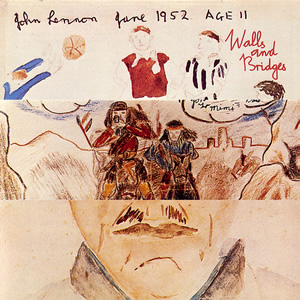
Buy Walls and Bridges Walls and Bridges seems to be one album that often gets lost in the John Lennon collection. It is not as dramatic as Plastic Ono Band, nor is it […]
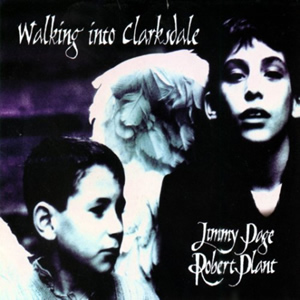
Buy Walking Into Clarksdale Nearly two decades after they recorded the final Led Zeppelin studio album with 1979’s In Through the Out Door, guitarist Jimmy Page and vocalist Robert Plant collaborated on an […]
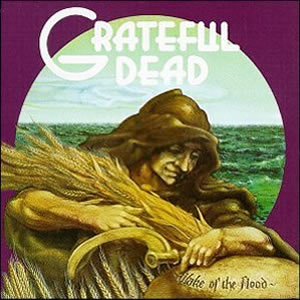
Buy Wake of the Flood The Grateful Dead‘s long awaited sixth studio album, Wake of the Flood, marked a new era for the California band. Their first studio album in nearly three years, […]
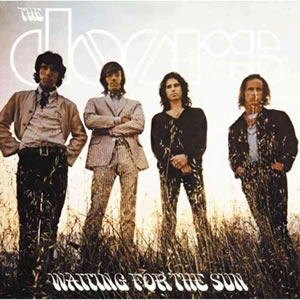
Buy Waiting For the Sun The Doors third album, Waiting For the Sun, is probably the weakest of their six original studio albums. Lead vocalist and lyricist Jim Morrison admitted that he was […]
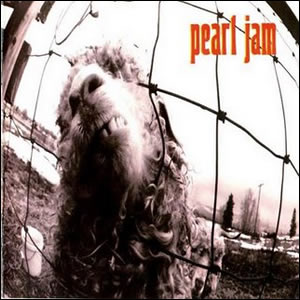
Buy Vs. Pearl Jam tried to strike a balance between embracing their phenomenal success brought on by their debut Ten (our 1991 Album of the Year) and trying to maintain their rigorous standards […]
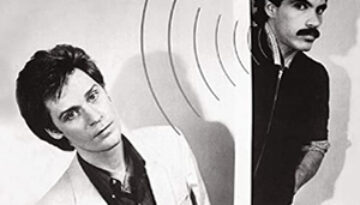
Buy Voices Hall and Oates finally reached commercial pay dirt with their ninth studio album, Voices. Released in the summer of 1980, this record was on the Billboard album charts for over 100 […]
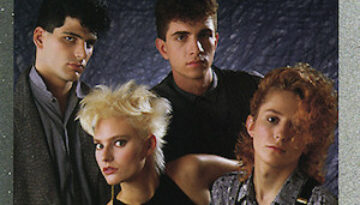
Buy Voices Carry ‘Til Tuesday had a short but fruitful career encapsulated within the bonds of the mid 1980s music scene. Their 1985 debut album, Voices Carry, features the famous, indelible title track […]
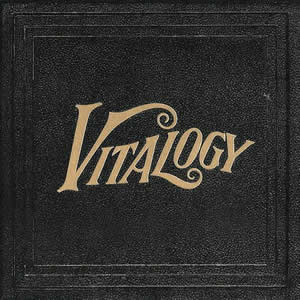
Buy Vitalogy Released in late 1994, Vitalogy is the raw, aggressive, experimental and somewhat bizarre third album by Pearl Jam. The album was produced by Brendan O’Brien, who also worked on the group’s […]
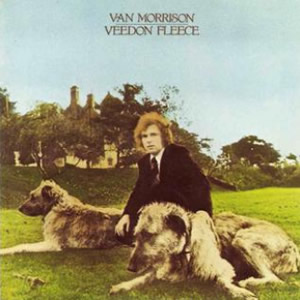
Buy Veedon Fleece This album review is provided by Mike Fishman, who has written about Van Morrison for the Mystic Avenue blog and writes about film for IndependentFilmNow.com. Any musician with a career […]

Buy Van Halen’s Debut Album Van Halen‘s debut album is a pedal-to-the-metal hard rocker with a distinct approach that thundered onto the scene in early 1978. This self-titled album continues to rank among the […]